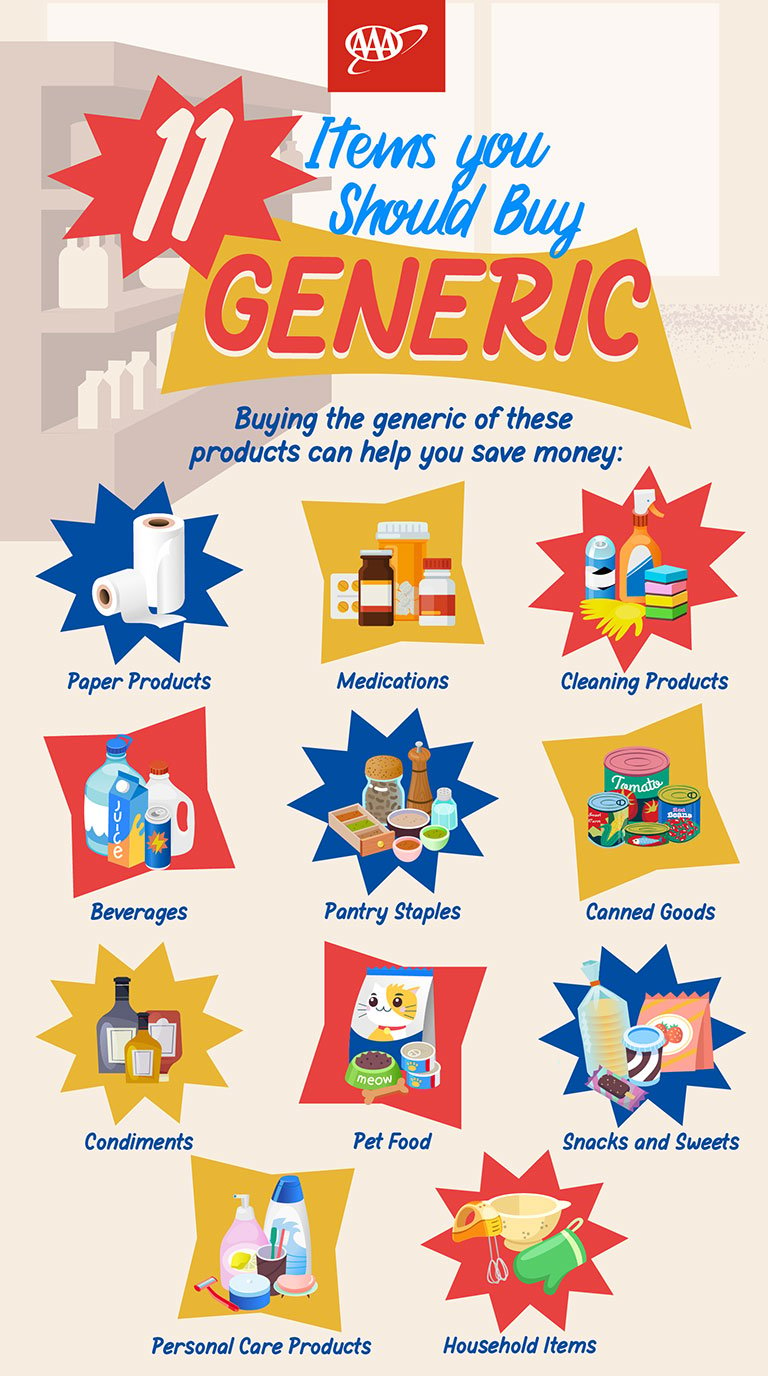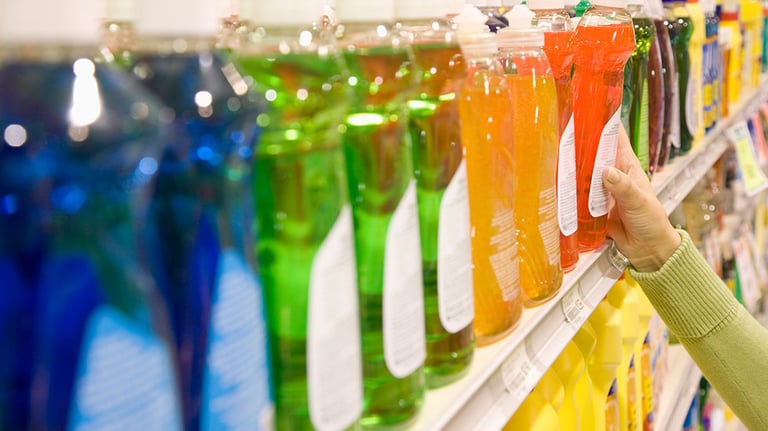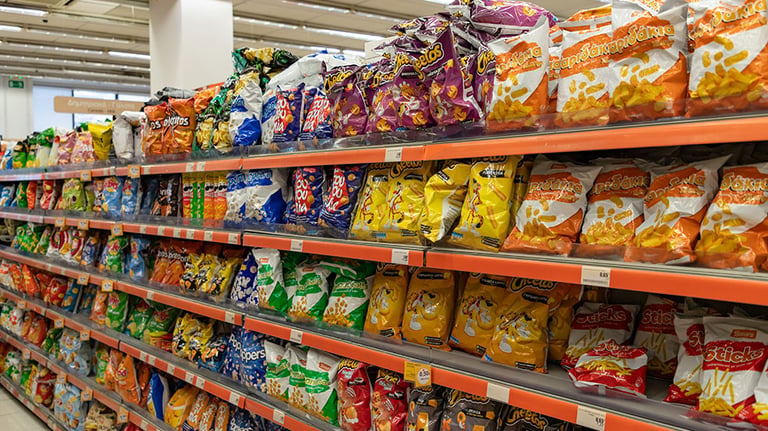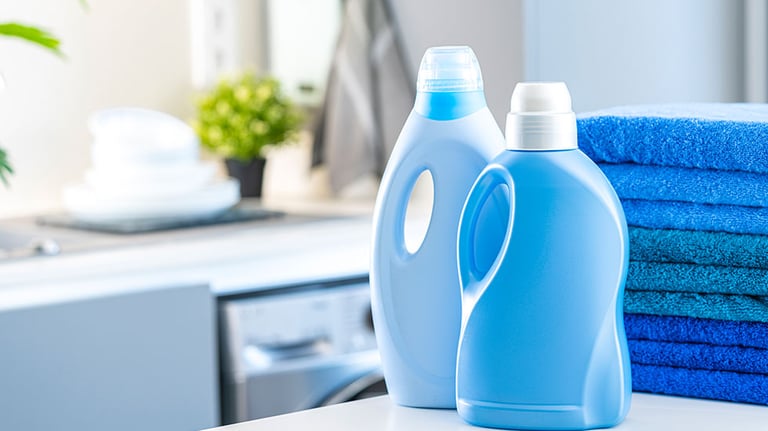11 Items You Should Always Buy Generic
Buying generic products can help you save money without compromising quality



With the rising cost of living, consumers need solid strategies to keep budgets in check. So, what’s a smart shopper to do?
While you might be loyal to brands for certain products (think coffee and jeans), you probably don’t think twice about bouncing between brands for other products (like sugar and paper plates)—if there’s a discount available.
Instead of waiting for sales and cutting or clicking coupons, consider switching to off-label (also called store-brand) goods for certain products. Generics offer substantial savings—typically from 15 to 30 percent, according to some experts—without sacrificing quality. In fact, some store brands are made by more familiar and favored brands—just in disguise behind the store-brand label.
Tip: Keep in mind that the typical American family of four throws away about $1,500 in uneaten food every year. So, regardless of whether you’re buying name brand products or generics, consuming all the food you buy is a great first step in saving money.

What to always buy generic
The next time you go shopping for groceries or household items, add these generic items to your list. And, as always, compare before you buy by checking the cost per unit to see which brand offers the better deal.
1. Paper products
- Items: napkins, plates, tissues, toilet paper
- Why: With a minimal difference in quality, these products will be used once and then thrown away.
2. Cleaning products
- Items: all-purpose cleaners, bleach, detergents, dishwashing soap
- Why: With the same active ingredients as name-brand products—and no noticeable difference in effectiveness—generic cleaning products save money without compromise.
3. Medications
- Items: cold and flu medications, over-the-counter pain relievers, vitamins
- Why: The FDA requires generics to include the same active ingredients, go through rigorous testing, and deliver the same efficacy as name brands, which often cost substantially more.
4. Beverages
- Items: bottled water, juice, soda
- Why: Consumer taste tests show little difference between name brands and generics, which are often produced in the same facilities.
5. Pantry staples
- Items: baking powder, flour, salt, sugar
- Why: Generic versions of these single-ingredient products offer no significant difference in taste or quality.
6. Canned goods
- Items: beans, fruits, meats, seafood, vegetables
- Why: Often produced by the same manufacturer, these store brands provide similar nutritional content as name brands—with little variation in taste.
7. Condiments
- Items: ketchup, mayonnaise, mustard, salad dressings
- Why: Blind taste tests show little to no difference in flavor, making generics a cost-effective choice.
8. Pet food
- Items: dry and wet pet food
- Why: Pets are unlikely to notice any taste difference. If you’re concerned about nutritional content, consult your vet for recommendations.
9. Snacks and sweets
- Items: candy, chips, cookies
- Why: Generics offer similar taste and texture to name-brand snacks, making them a great way to save on treats.
10. Personal care products
- Items: conditioner, shampoo, soap, toothpaste
- Why: While the packaging may differ, generics often contain the same active ingredients as name brands.
11. Household items
- Items: aluminum foil, plastic wrap, trash bags
- Why: These utilitarian products work just as well as brand-name equivalents without the higher cost.
Making informed choices
The journey to financial savvy isn't about deprivation; rather, it's about making informed choices. Generic brands represent more than just a way to save money—they’re a strategic approach to household budgeting that doesn't compromise on quality.
By making intentional choices across a few product categories, you could potentially save hundreds—or even thousands—of dollars annually. The key is to:
- Compare unit prices.
- Check ingredient lists.
- Be open to trying store brands.
- Focus on products where brand names offer minimal additional value.
The bottom line: Not every generic product will be a perfect match, and that's okay. Start small by experimenting with low-risk items (like pantry staples and cleaning supplies). As you build confidence, you'll develop a keen eye for identifying genuine value.
Need more tips on saving money at the grocery store? Check out Eat Right When Money’s Tight from the US Department of Agriculture.




